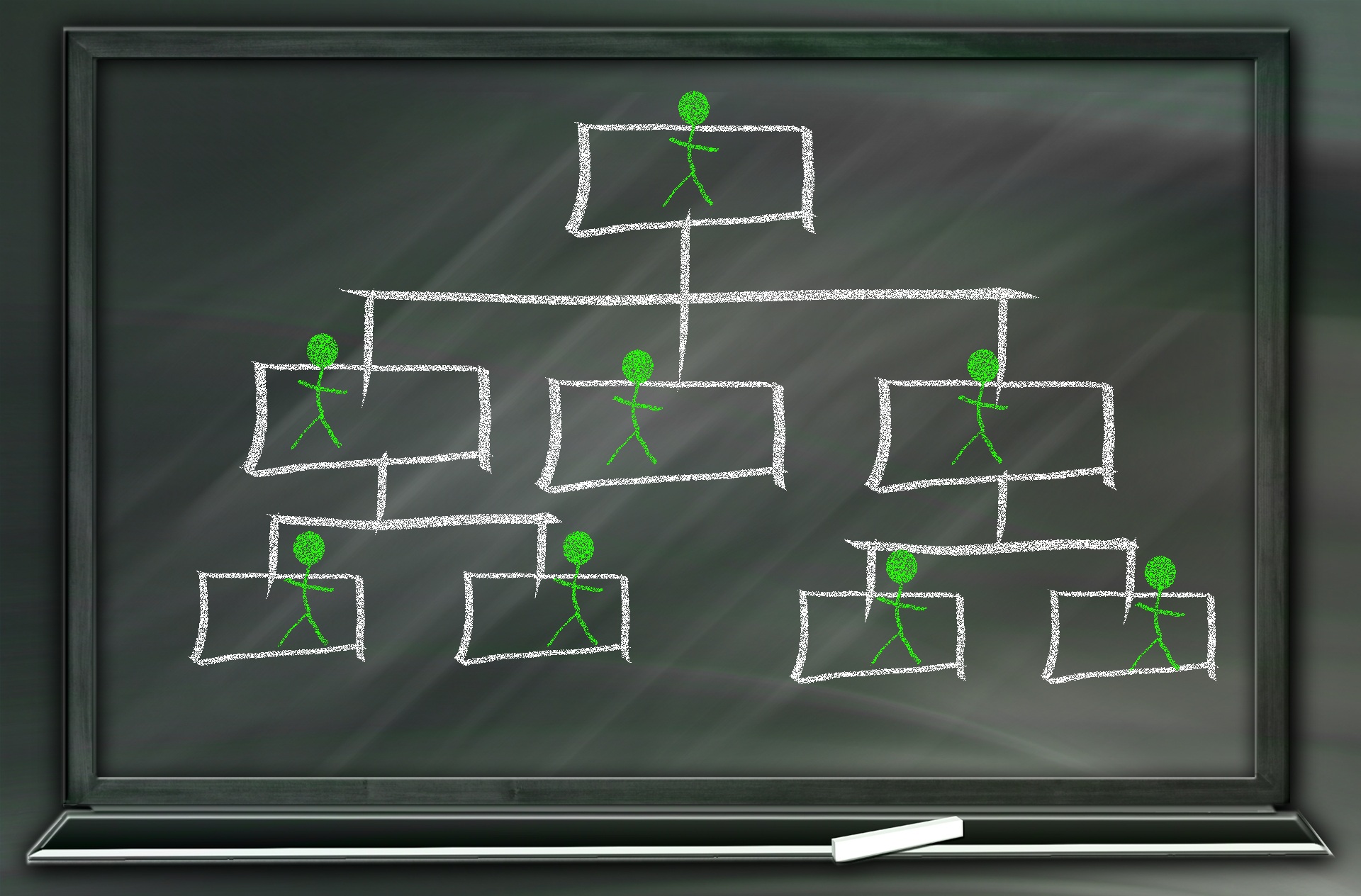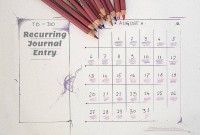- Home
- Business Processes
- Industry Knowledge
- Aerospace Industry
- Automotive Industry
- Banking Domain
- BFSI Industry
- Consumer/ FMCG Industry
- Chemicals Industry
- Engineering & Construction
- Energy Industry
- Education Domain
- Finance Domain
- Hospitality Domain
- Healthcare Industry
- Insurance Domain
- Retail Industry
- Travel and Tourism Domain
- Telecom Industry
- Leadership Skills
- eLearning
- Home
- Business Processes
- General Ledger (Record to Report)
- Defining Organizational Hierarchies
Defining Organizational Hierarchies
A hierarchy is an ordered series of related objects. You can relate hierarchy with “pyramid” - where each step of the pyramid is subordinate to the one above it. One can use drill up or down to perform multi-dimensional analysis with a hierarchy. Multi-dimensional analysis uses dimension objects organized in a meaningful order and allows users to observe data from various viewpoints.
Meaning of Hierarchies
A hierarchy is an ordered series of related objects. You can relate hierarchy with “pyramid” - where each step of the pyramid is subordinate to the one above it. One can use drill up or down to perform multi-dimensional analysis with a hierarchy. Multi-dimensional analysis uses dimension objects organized in a meaningful order and allows users to observe data from various viewpoints. These hierarchies need to be mapped to systems to ensure they are capturing the relevant business process information at relevant nodes to provide meaningful information for internal and external reporting.
Example
The account hierarchy allows you to map complex organizational structures of a business partner (for example, buying group, co-operative or chain of retail outlets). When you create a hierarchy structure, you form groups of business partners (for example, for purchasing groups). You can use them for statistical purposes and for marketing and accounting and other meaningful analyses.
Organizational hierarchies
Organizational hierarchies represent the relationships between the units/segments that make up your business.
Larger organizations may require some hierarchies that are based on business units and other hierarchies that are based on shared services, such as human resources and IT. They need to create cost centers in shared service departments and position them under business units, so that the costs of shared services are appropriately allocated. Now we will explore some examples of reporting needs arising out of these different hierarchies and dimensions. Any how they add complexity at transactional level to record relevant information appropriately.
Some areas where we need to deal with dimensions/hierarchies are:
Legal Structure
- Legal Entities
- Subsidiaries
- Tax Entities
- Statutory Entities
Operational Structure
- Business Units/Management Entity
- Divisions/Departments
- Business Functions
- Business Support Functions
- Organization Support Functions
- Cost Centers
- Profit Centers
- Business Employee Hierarchy
- Business Area /Project Area/ Controlling Area/ Product Lines/Service Lines
- Countries/Geography/Locations
- Accounts/Sub Accounts
Importance of Hierarchies
Defining organizational hierarchies enable to view and report on your business from different perspectives. You set up a hierarchy of legal entities for tax, legal, regulatory or statutory reporting. Various Legal entities can enter into legal contracts and are required to prepare statements that report on their performance. While performing business activities we need to capture and classify transactions at legal entity level to be able to identify transactions that belong to a specific legal entity. Therefore, there exists a need to define boundary at legal entity level to enable data classification, consolidation, security and reporting at these entity levels.
Example
A large corporate may create a central mailroom to receive all invoices from its vendors for which it need to make payment. These invoices are raised on separate legal entities within the same corporate group, but mailed to a central processing center for accounting and payment. The shared service resource who is working on these invoices must specify in the Accounting System the different legal entities to ensure proper treatment of these transactions. The payments should be issued from the respective bank accounts belonging to the legal entity on which the invoice has been raised.
You can create a hierarchy for purchasing function to control purchasing policies, rules, and business processes.
Related Links
You May Also Like
-
Although technically a general ledger appears to be fairly simple compared to other processes, in large organizations, the general ledger has to provide many functionalities and it becomes considerably large and complex. Modern business organizations are complex, run multiple products and service lines, leveraging a large number of registered legal entities, and have varied reporting needs.
-
GL - Recurring Journal Entries
A “Recurring Journal” is a journal that needs to be repeated and processed periodically. Recurring Entries are business transactions that are repeated regularly, such as fixed rent or insurance to be paid every month. Learn the various methods that can be used to generate recurring journals. See some examples and explore the generic process to create recurring journals in any automated system.
-
Team-Based Organizational Structure
Team-based structure is a relatively new structure that opposes the traditional hierarchical structure and it slowly gaining acceptance in the corporate world. In such a structure, employees come together as team in order to fulfill their tasks that serve a common goal.
-
The general ledger is the central repository of all accounting information in an automated accounting world. Summarized data from various sub-ledgers are posted to GL that eventually helps in the creation of financial reports. Read more to understand the role and benefits of an effective general ledger system in automated accounting systems and ERPs.
-
This article explains the process of entering and importing general ledger journals in automated accounting systems. Learn about the basic validations that must happen before the accounting data can be imported from any internal or external sub-system to the general ledger. Finally, understand what we mean by importing in detail or in summary.
-
Hierarchical Organization Structures
Hierarchical structure is typical for larger businesses and organizations. It relies on having different levels of authority with a chain of command connecting multiple management levels within the organization. The decision-making process is typically formal and flows from the top down.
-
What Is a General Ledger? General Ledger (also known in accounting as the GL or the Nominal Ledger) is at the heart of any accounting system. A general ledger is the master set of accounts that summarize all transactions occurring within an entity. Ledger is the skillful grouping and presentation of the Journal entries. Learn the accounting fundamentals, general ledger process, and general ledger flow.
-
An organizational design is the process by which a company defines and manages elements of structure so that an organization can control the activities necessary to achieve its goals. Good organizational structure and design helps improve communication, increase productivity, and inspire innovation. Organizational structure is the formal system of task and activity relationships to clearly define how people coordinate their actions and use resources to achieve organizational goals.
-
There are five types of core accounts to capture any accounting transaction. Apart from these fundamental accounts, some other special-purpose accounts are used to ensure the integrity of financial transactions. Some examples of such accounts are clearing accounts, suspense accounts, contra accounts, and intercompany accounts. Understand the importance and usage of these accounts.
-
The sole trader organization (also called proprietorship) is the oldest form of organization and the most common form of organization for small businesses even today. In a proprietorship the enterprise is owned and controlled only by one person. This form is one of the most popular forms because of the advantages it offers. It is the simplest and easiest to form.
Explore Our Free Training Articles or
Sign Up to Start With Our eLearning Courses

About Us
Learning
© 2023 TechnoFunc, All Rights Reserved











